Within two minutes of ceding control of my Audi A7 to the car itself, I’m about to experience the hair-whitening potential of an autonomous vehicle.
Lost in conversation, with my arms folded and feet clear of the car’s pedals, and dimly aware of the A7’s smooth, impromptu change from the middle to the inside lane of the autobahn out of Ingolstadt, I fail to clock, firstly, the telltale fragment of tyre carcass lying in the road and, second, the fully loaded car transporter it came from blocking my path just 250 metres ahead.
And then I do. Amazingly, I barely react. Had I been driving the car, I would now be firmly on the brakes, arms stiffened, adrenalin pumping and checking my mirrors to see if the way was clear for me to nip to the next lane, or whether I must come to a dead stop.
Instead, I remain relaxed, the seriousness of the situation only slowly dawning on me before, arms still folded, I squeeze the brakes, which, I now realise, the car is already operating, albeit with no sense of urgency.
Granted, my reactions may have been dulled by the test driver alongside me who, at the same moment, spots the stranded truck and brakes hard using his duplicate pedal. Without doing so, we would almost certainly have hit the truck.
“The car’s radar has a viewing range of 250m and ‘saw’ the truck but the law governing the testing of piloted cars does not allow test cars to apply more than 3m per second squared of braking effort on their own, so we must intervene,” explains the test driver. “Nor does it permit the car to turn the wheel too fast to avoid an accident.”
Of course, the sudden reactive behaviour he is describing ought to be a thing of the past in the brave new world of piloted cars (Audi prefers that term to ‘autonomous’, which, it says, promises too much).
Accordingly, a key component of Audi’s piloted vehicles will, says Arne Bartles, a member of Audi’s Assistance Systems pre-development team, be their ability to connect with a cloud-based early warning system. This will use data from fellow road users’ mobile phones to monitor traffic speed and density, and alert piloted vehicles to a traffic jam or stranded vehicle.
“The piloted car will know in advance if there is danger ahead and be prepared to take appropriate action, whether that is changing lanes or coming to a controlled stop,” Bartles tells me during my pre-drive briefing.
Would the car have anticipated the road workers busy in the outside lane who, later on in my drive and without warning, suddenly appeared? The A7 certainly didn’t slow down or even move away from them within its lane as it sped close by them at 80mph. Had one of them stumbled and fallen into the car’s path, he might have been killed.
“Normally, if the system had been alerted to a construction site, it would tell the driver to take over,” explains the test driver. “The car hadn’t been told so it did not know. There weren’t even advance signs on the road for it to read and react to.”
According to Bartles, the piloted car is just one piece of a much larger jigsaw. There’s the cloud, of course, but also the requirement for a better roads infrastructure.“We’re not asking for money to be spent on new or smarter roads; just for what money there is to be spent making signs and road markings clearer so that piloted cars can read and act on them more easily,” he says.
The piloted A7 uses an array of scanners, sensors, radar and cameras, some already developed for Audi’s existing assist systems, to scan the area for cars, objects, people and road signs around the car; in the case of the forward-facing radar, up to a maximum of 250m.
At the heart of the system is Audi’s new zFAS central controller, a collection of high-performance processors crammed into a box no larger than a tablet computer. The unit computes a model of the car’s surroundings and relays the information to the various pilot systems. Eventually, production versions of piloted models will trickle down from the top of Audi’s range before finding their way into the cars of other Volkswagen Group brands.
All this technology is out of the driver’s sight in the A7 test mule. Instead, the control interface comprises a number of unobtrusive features. One is a small screen in the instrument binnacle. It tells the driver the status of the pilot system and, supplemented by a clock face, counts down to on or off-mode readiness. To initiate pilot mode, the driver presses two buttons on the steering wheel. They glow turquoise to show the car is in pilot mode.
To confirm it, the steering wheel withdraws to the fascia. In addition, a light strip running along the foot of the windscreen glows turquoise and a voice tells the driver the car has control.
To resume control, the driver has only to touch the steering wheel, the pedals or the buttons. Alternatively, the car will decide it is about to end pilot mode, such as when leaving the autobahn. To prepare the driver, it announces its intention to quit and the light strip goes from turquoise to amber to red. This sequence, accompanied by the steering wheel returning to position, takes 15sec. It’s time enough, says Audi, for someone to put down their phone or tablet and take control. If, for any reason, they don’t, the car comes to a stop and calls the emergency services.
Being driven by the A7 is a very relaxing experience. It’s like adaptive cruise control with lane assist except that, of course, the car will indicate and change lanes as it sees fit, and accelerate to its maximum cruising speed or go with the flow, all without drama.
However, it’s not without its peculiarities. One is appearing to power the Audi uncomfortably close to other cars, when a naturally defensive driver might just ease off a little and create extra space.
Another is not reacting to a vehicle that pulls out, perhaps from behind a slow-moving truck, until the last moment. Where a defensive driver might back off to establish a safe gap, the A7 sticks on their tail until, eventually, it sees sense.
Assuming new laws permit piloted cars, it will be at least four years before the system, what Audi calls Highway Pilot, is signed off. Before then, in about three years, we can expect Traffic Jam Pilot – a low-speed system operative up to 30km/h (19mph) – and Garage Pilot, which allows the driver to park their car remotely. Later, because the challenges are so much greater, there’ll be a system for main and urban roads.
“It will be revolution by evolution,” says Bartles. “The technology is still very much in development, but we will succeed.”
Piloted cars are safer, but the law has to change
In 94% of road accidents, according to government stats. Piloted driving could reduce that. It’s one reason insurers support the technology, despite the thorny issue of liability.
“Autonomous systems can improve road safety,” says Malcolm Tarling of the Association of British Insurers. “For example, automatic braking technology has reduced low-speed accidents by 30% and insurers look favourably on it when calculating groups. The issue is establishing liability in the case of piloted driving and fully autonomous vehicles. Who would be legally liable: the car maker or the driver? It’s likely that where the driver has manual override, responsibility would rest with them, unlike a truly autonomous car.”
For this reason, Audi’s system has a black box that continuously records the car’s state and who, or what, has control of it. In the event of an accident, it stores the 30 seconds prior to it for analysis by the police and insurers.
The UK government recently gave its backing to the development of autonomous cars but not all governments are as keen. Audi’s Arne Bartles says transport departments get it but the lawyers do not. “We’re concerned that it will get harder to win them over the higher up the legal chain we go,” he says.
One major hurdle is EU directive ECR 79, which permits hands-off driving only at speeds of up to 10km/h (6mph). “It works for assisted parking but we need to change it to permit higher speeds, such as for Highway Pilot,” says Bartles. “It won’t be easy but I’m optimistic it will be in place within three years.”
John Evans
Get the latest car news, reviews and galleries from Autocar direct to your inbox every week. Enter your email address below:

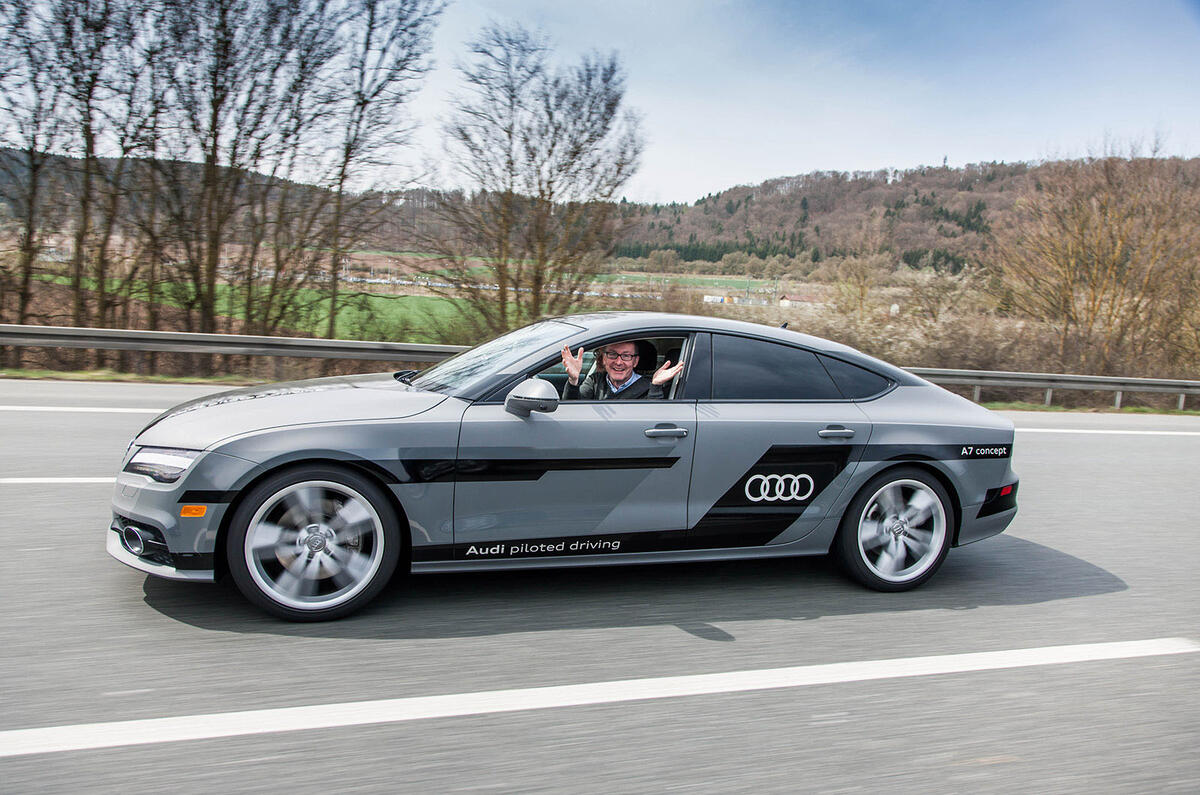
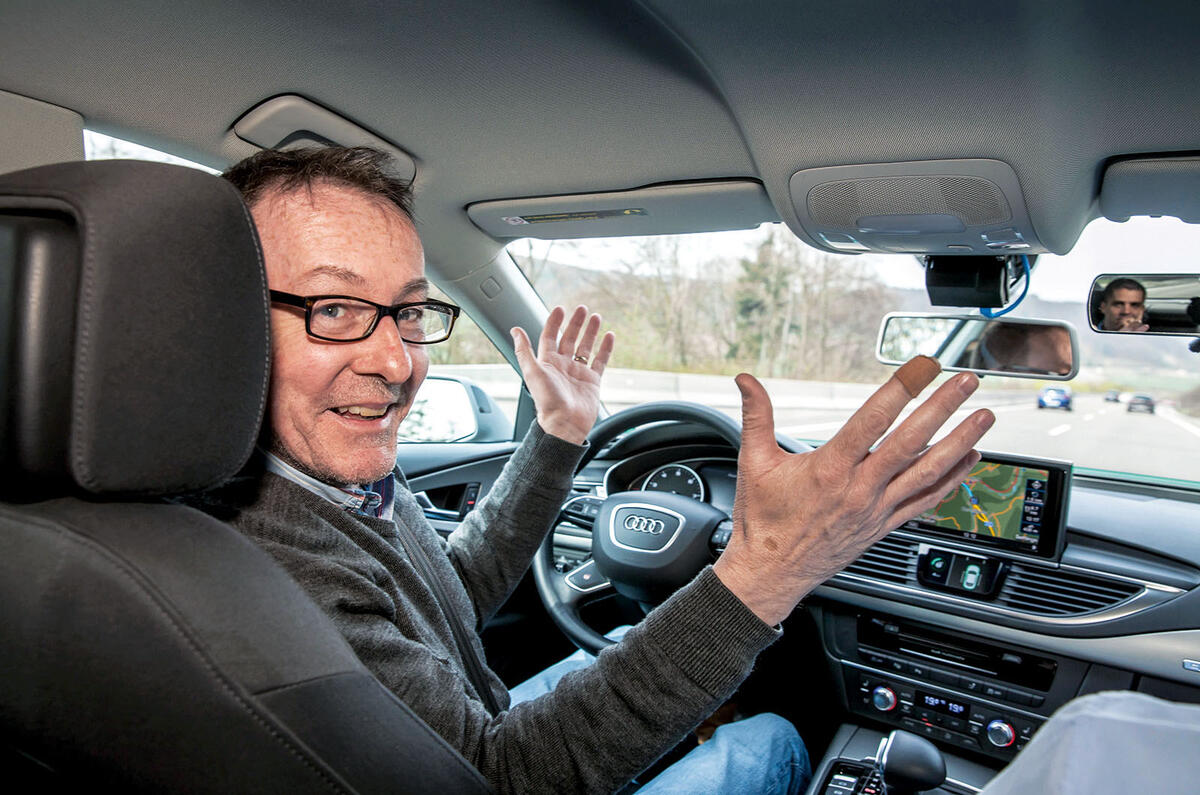
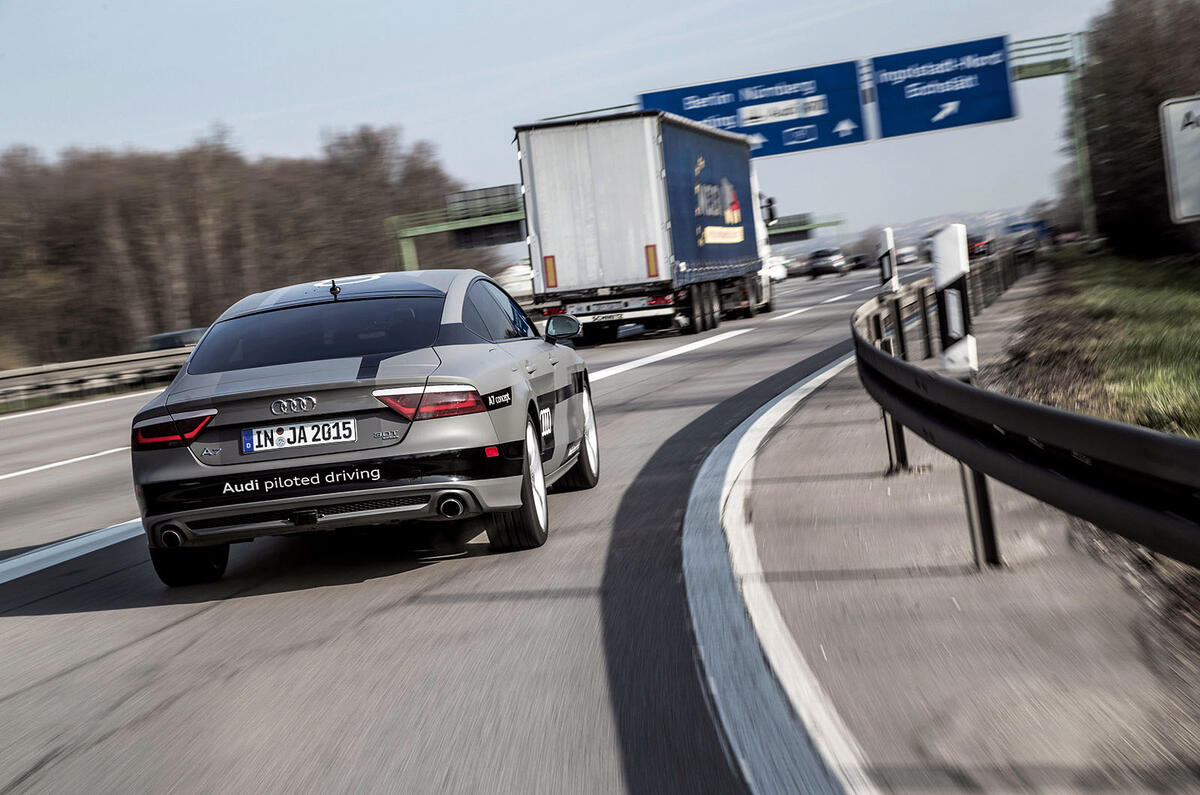
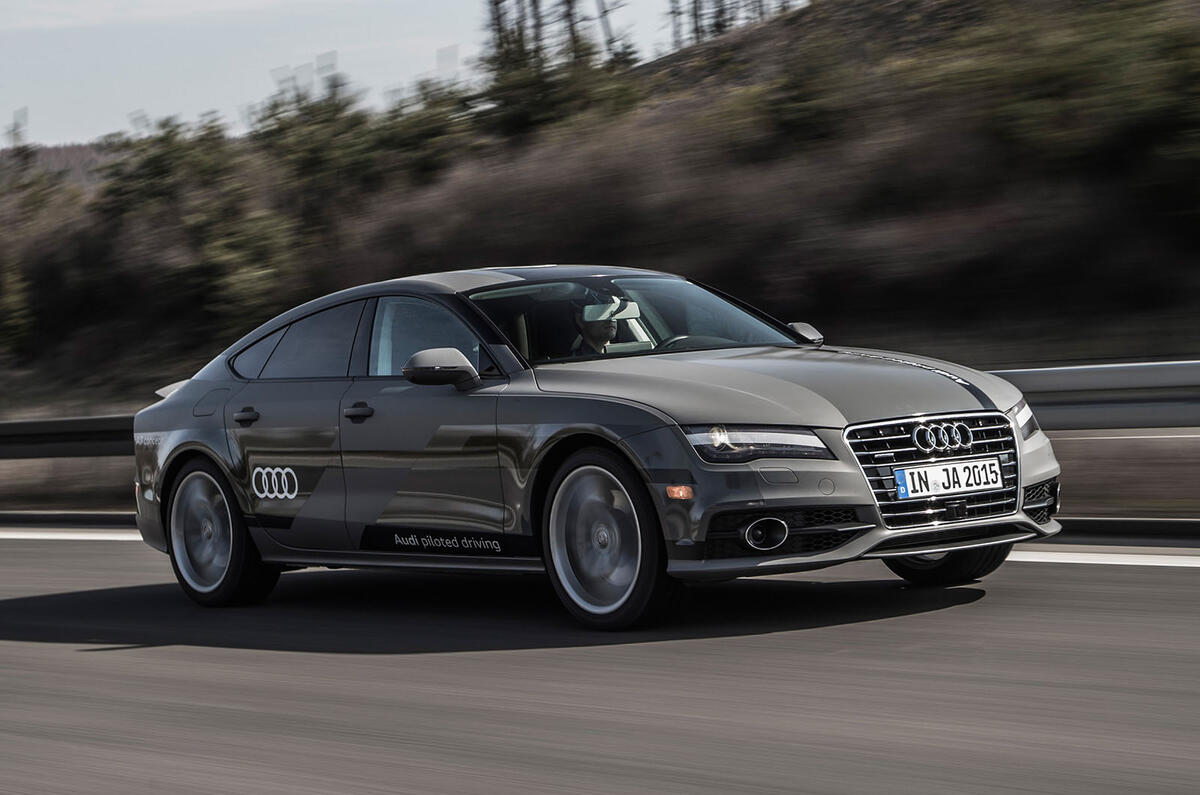
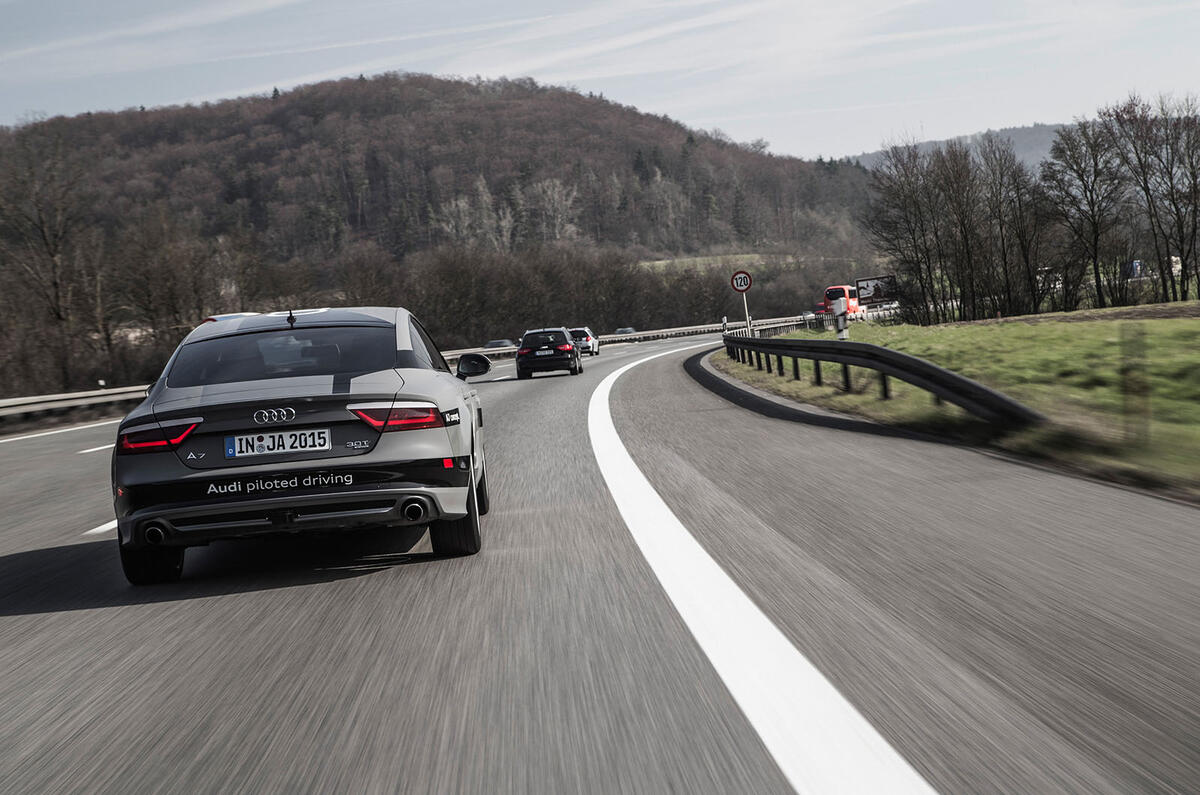
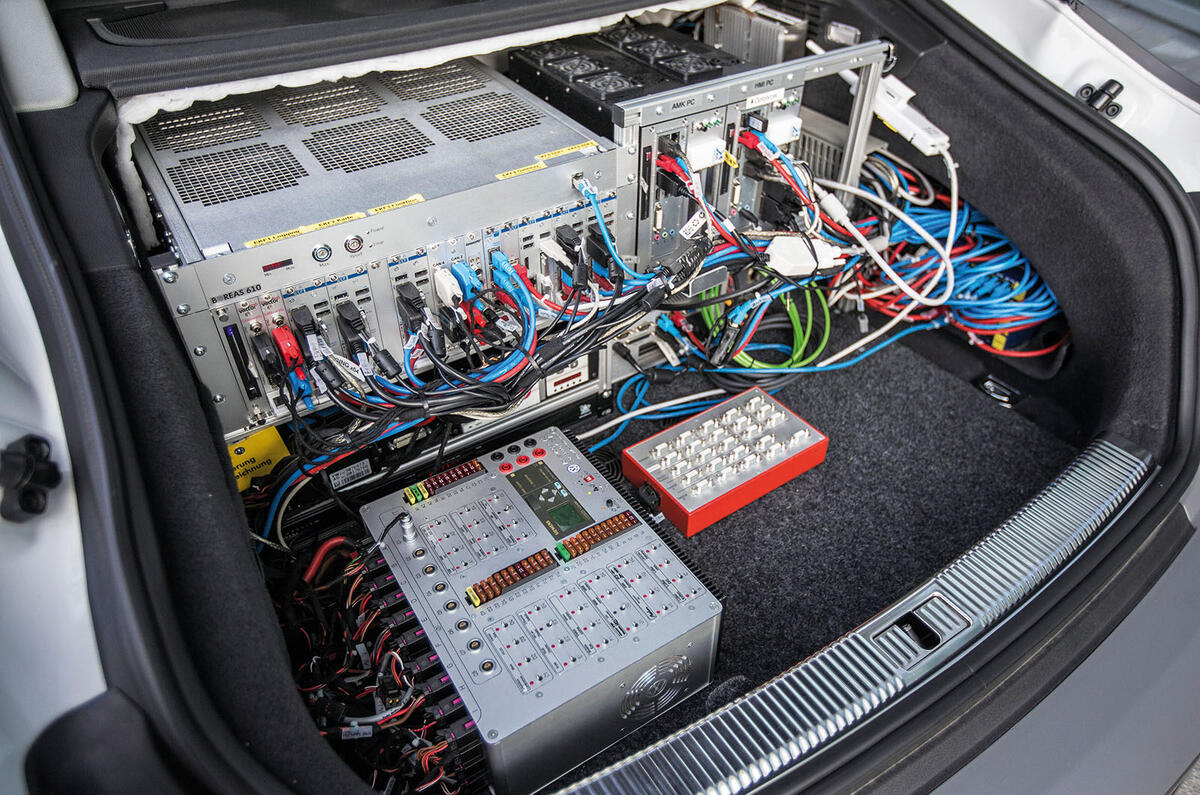
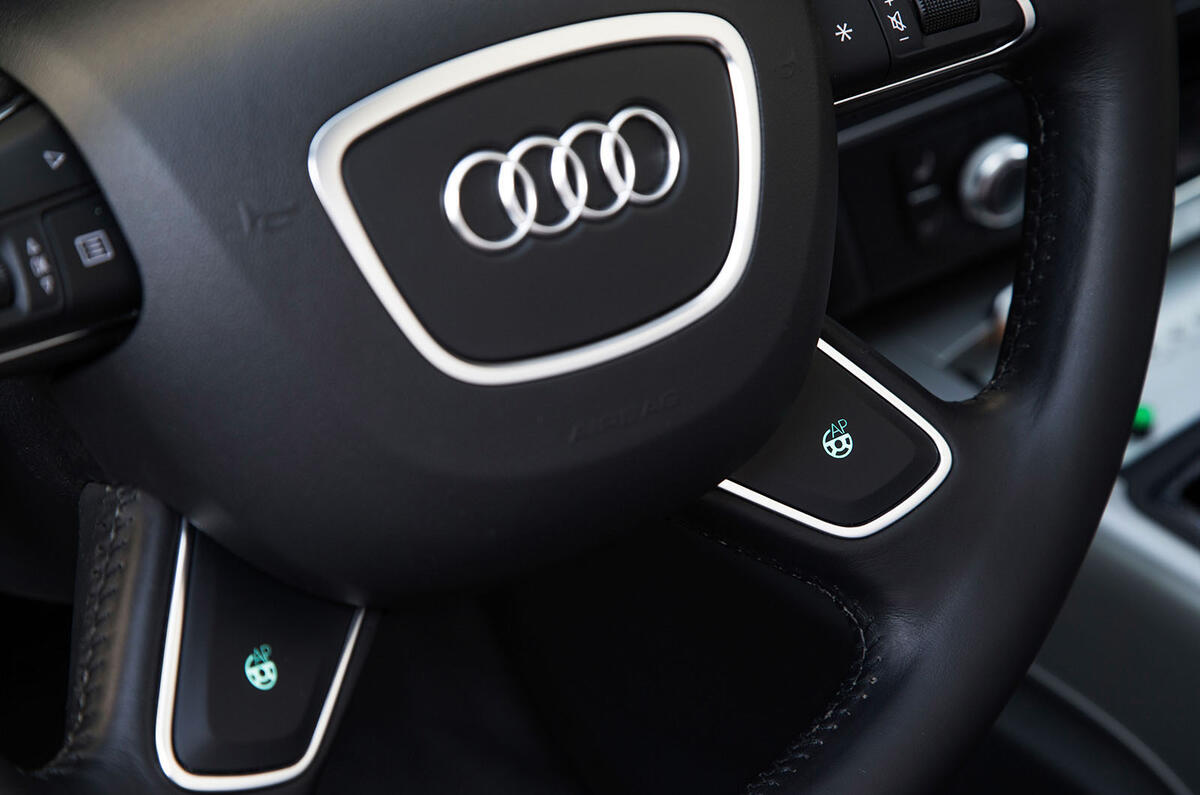
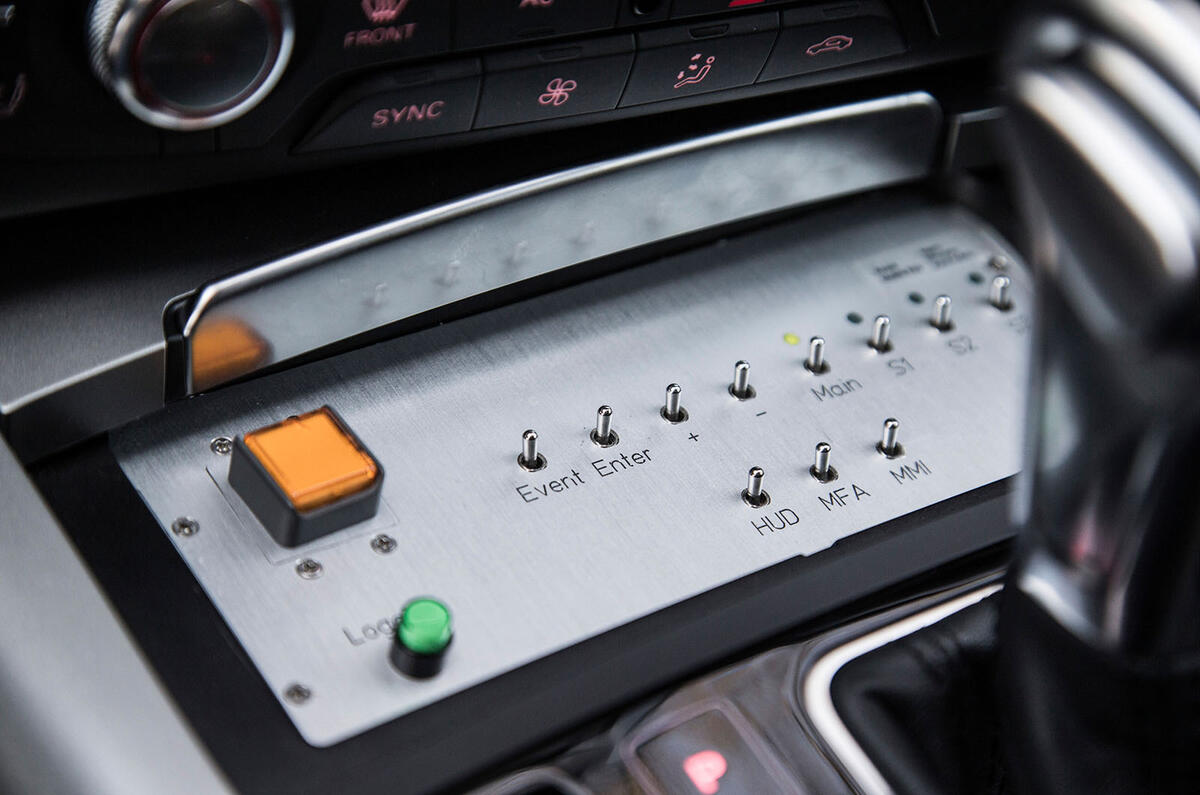
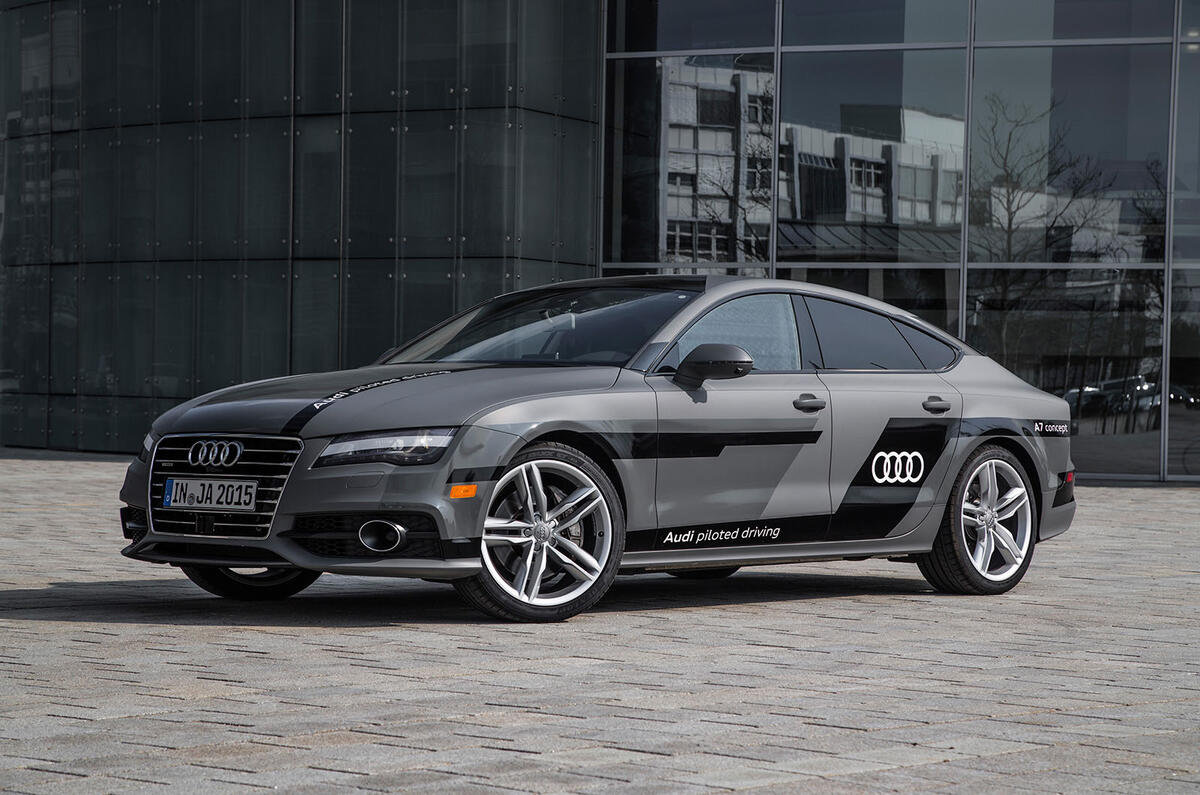
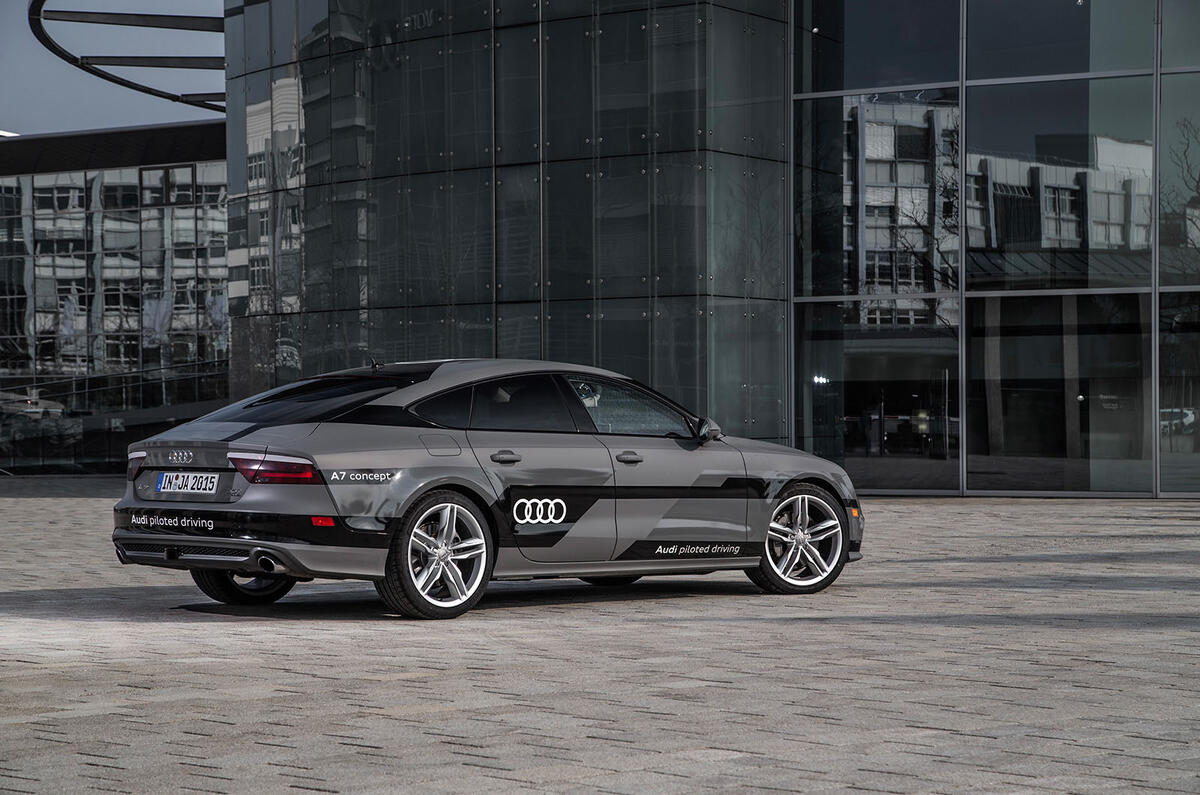
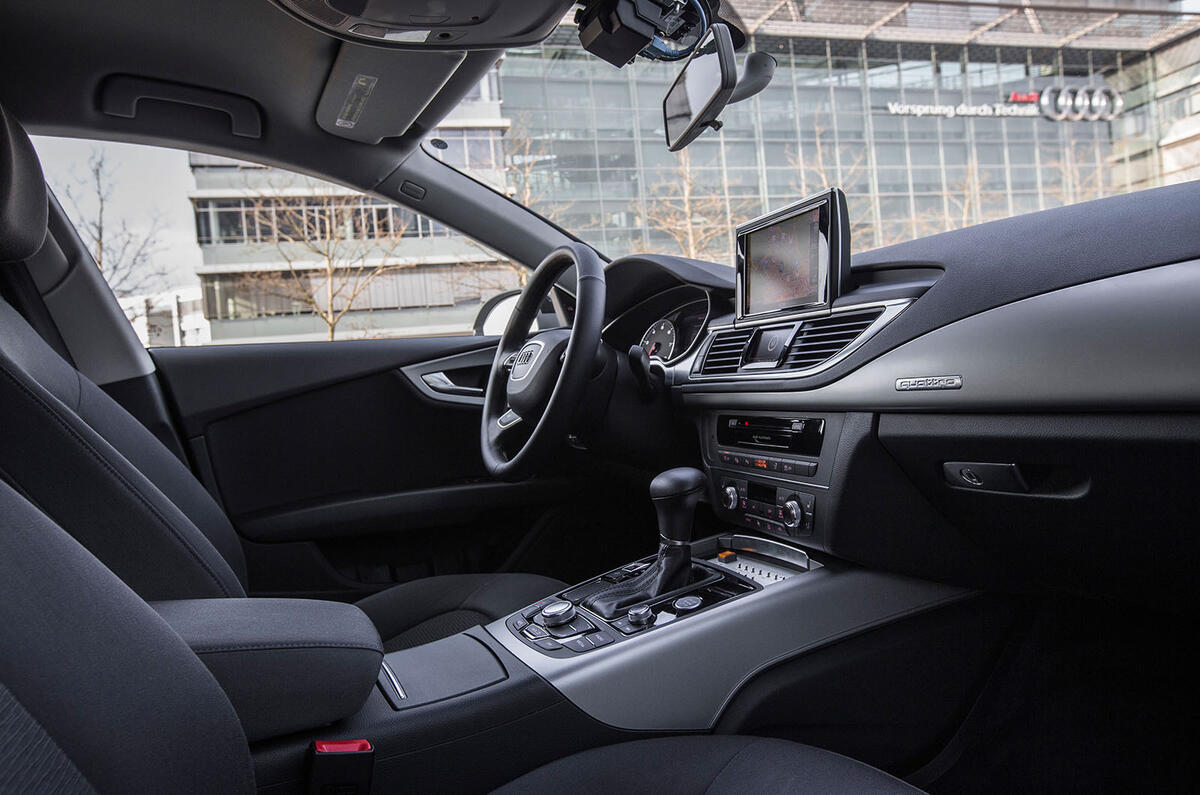
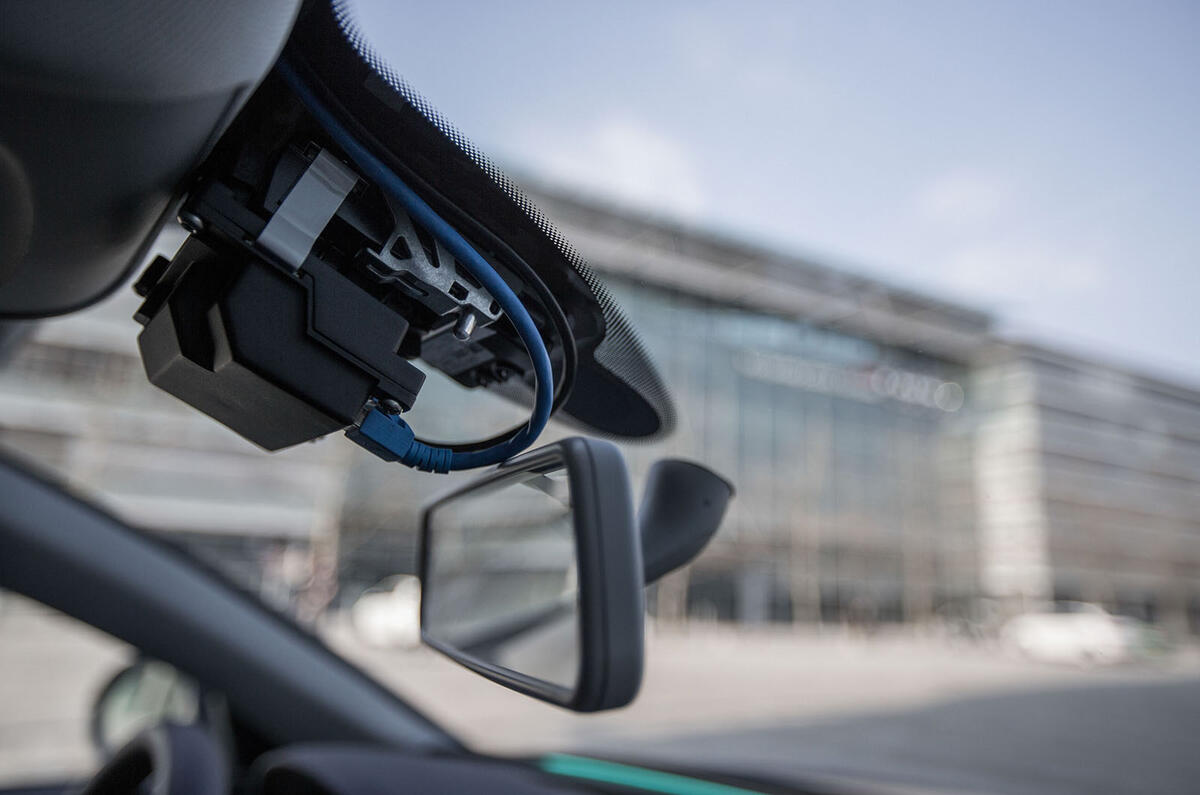
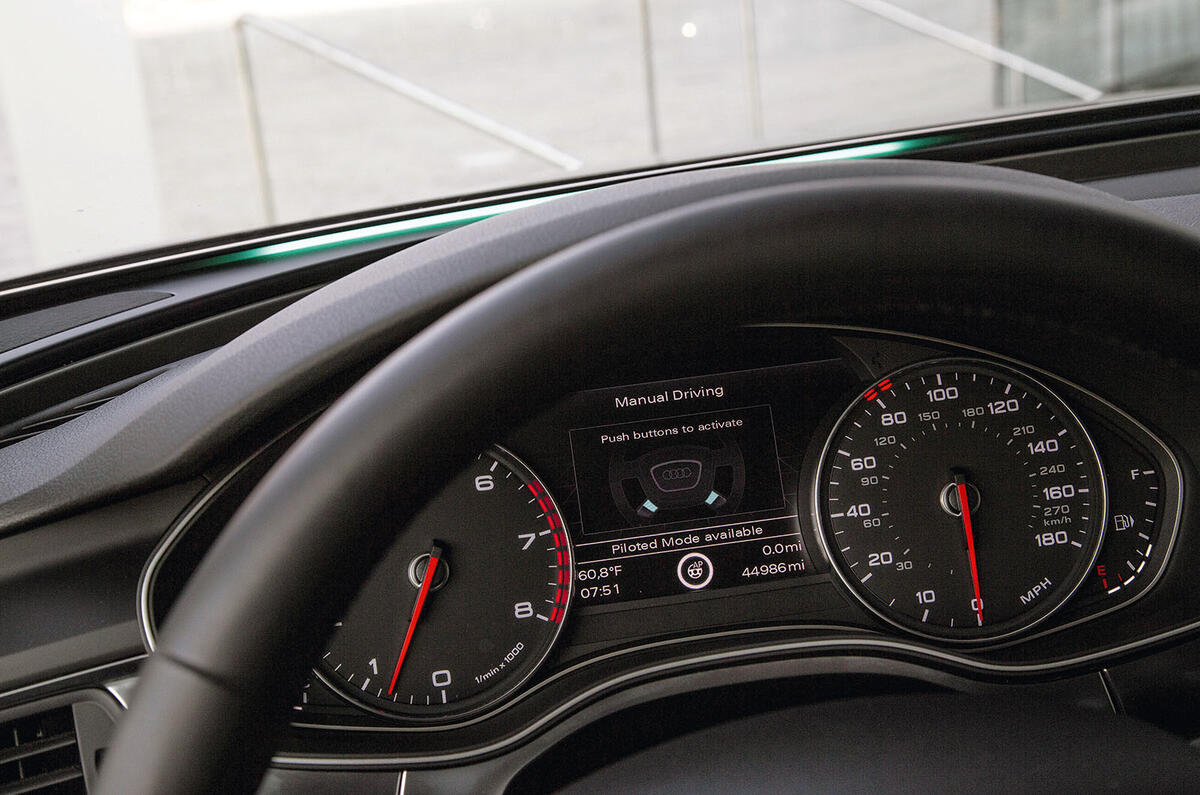
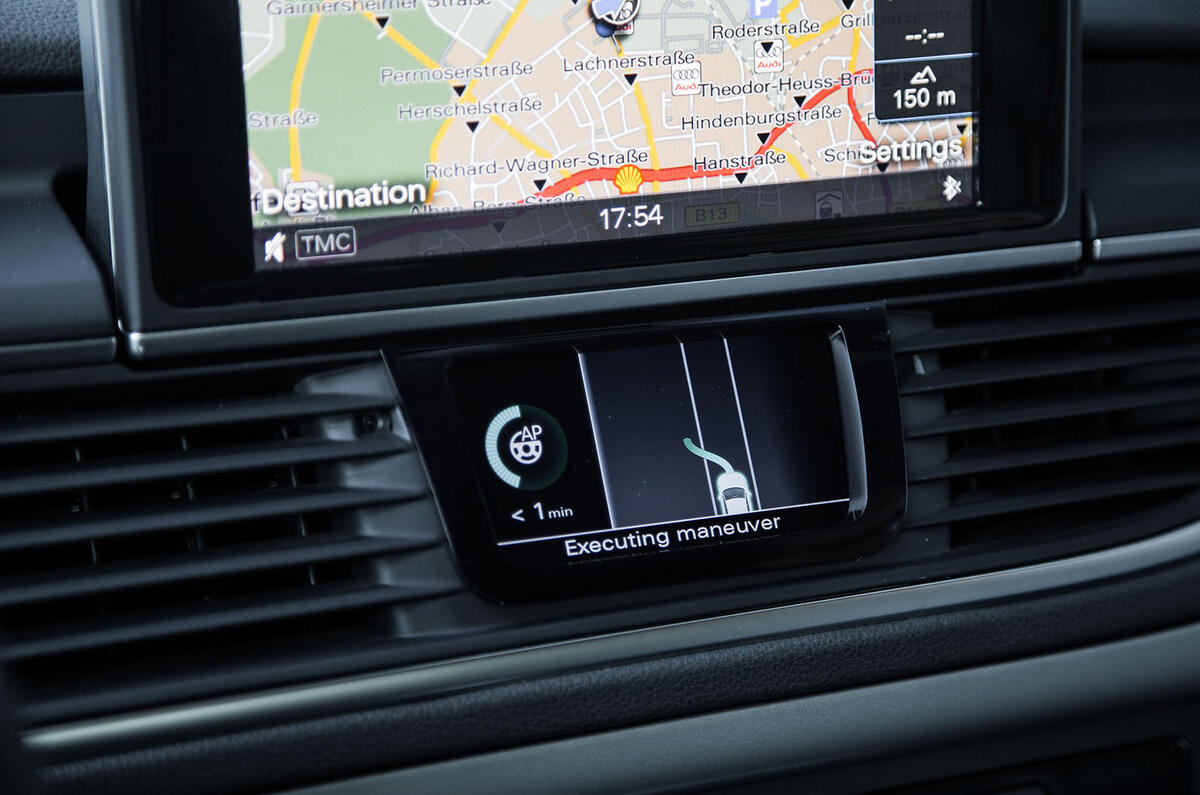
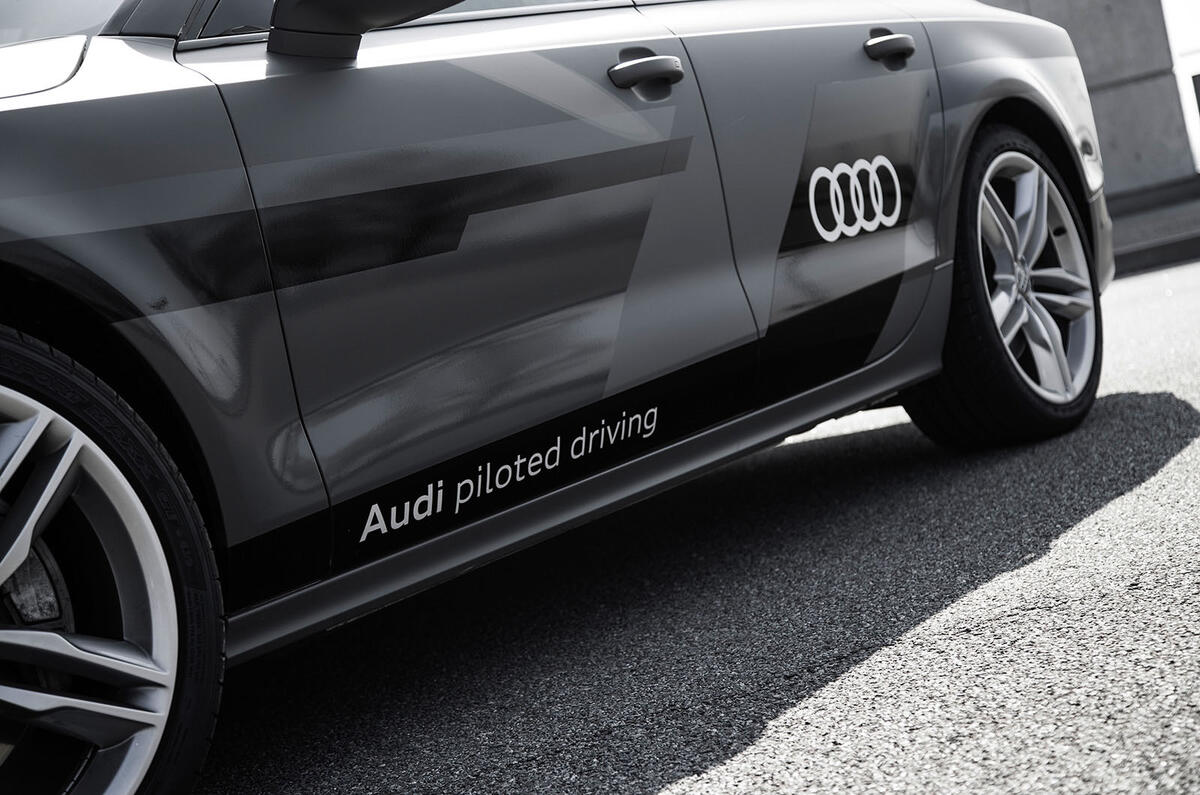
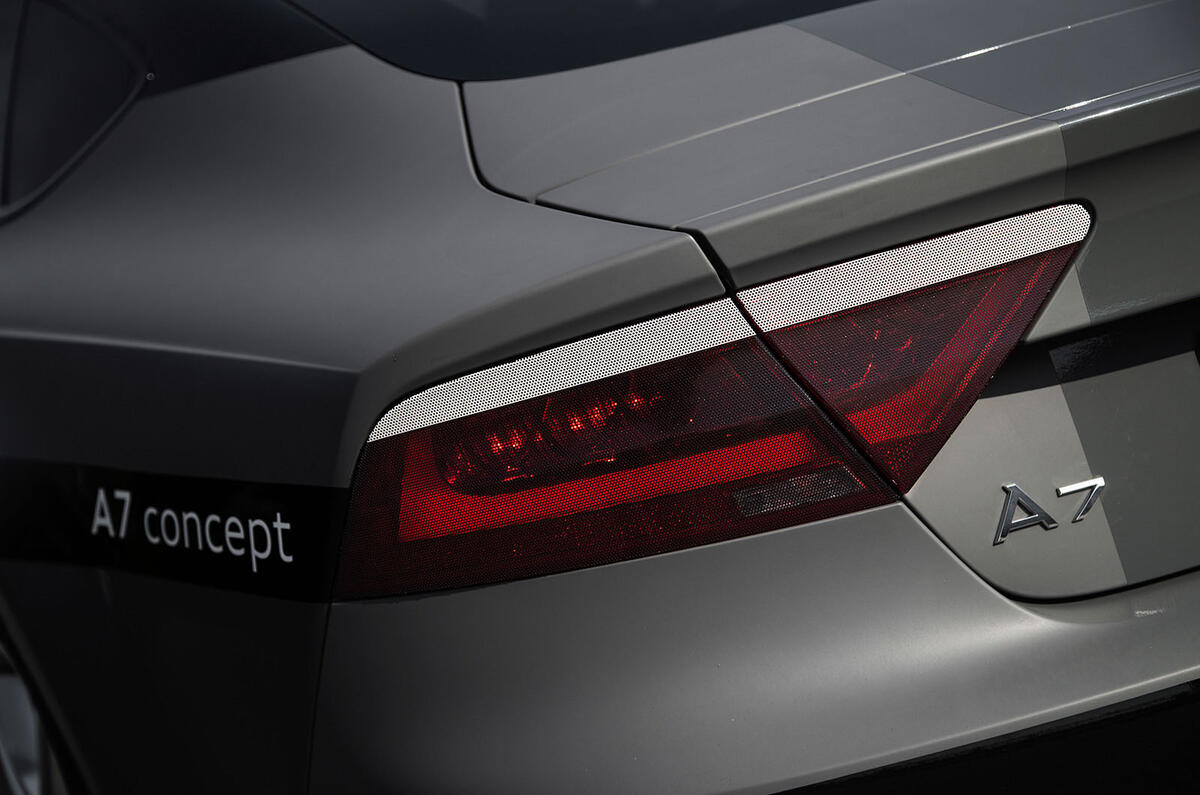
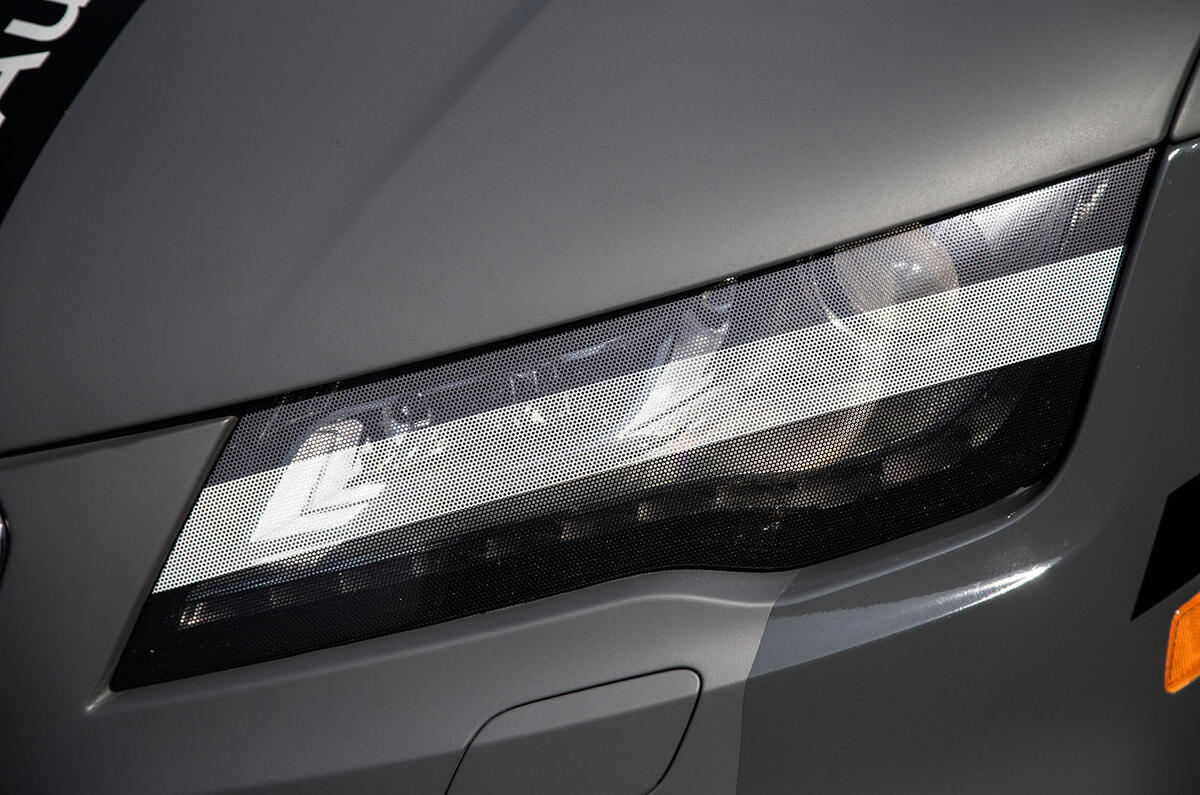
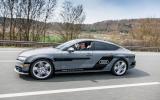
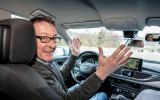
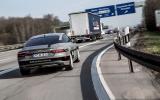
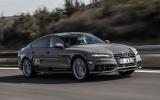
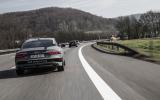
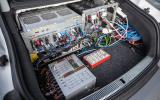
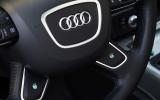

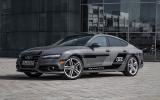
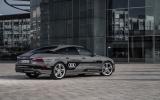
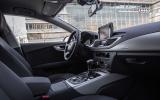
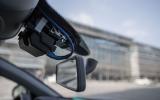
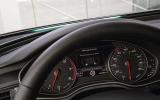
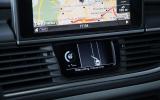
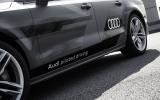
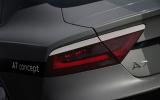
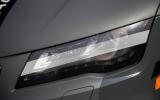


Join the debate
Add your comment
Even when they have made the
Frightmare Bob wrote:Even
All the gubbins you see in the boot of the test car has already been reduced to the size of a small Shoe box.
Face detection?